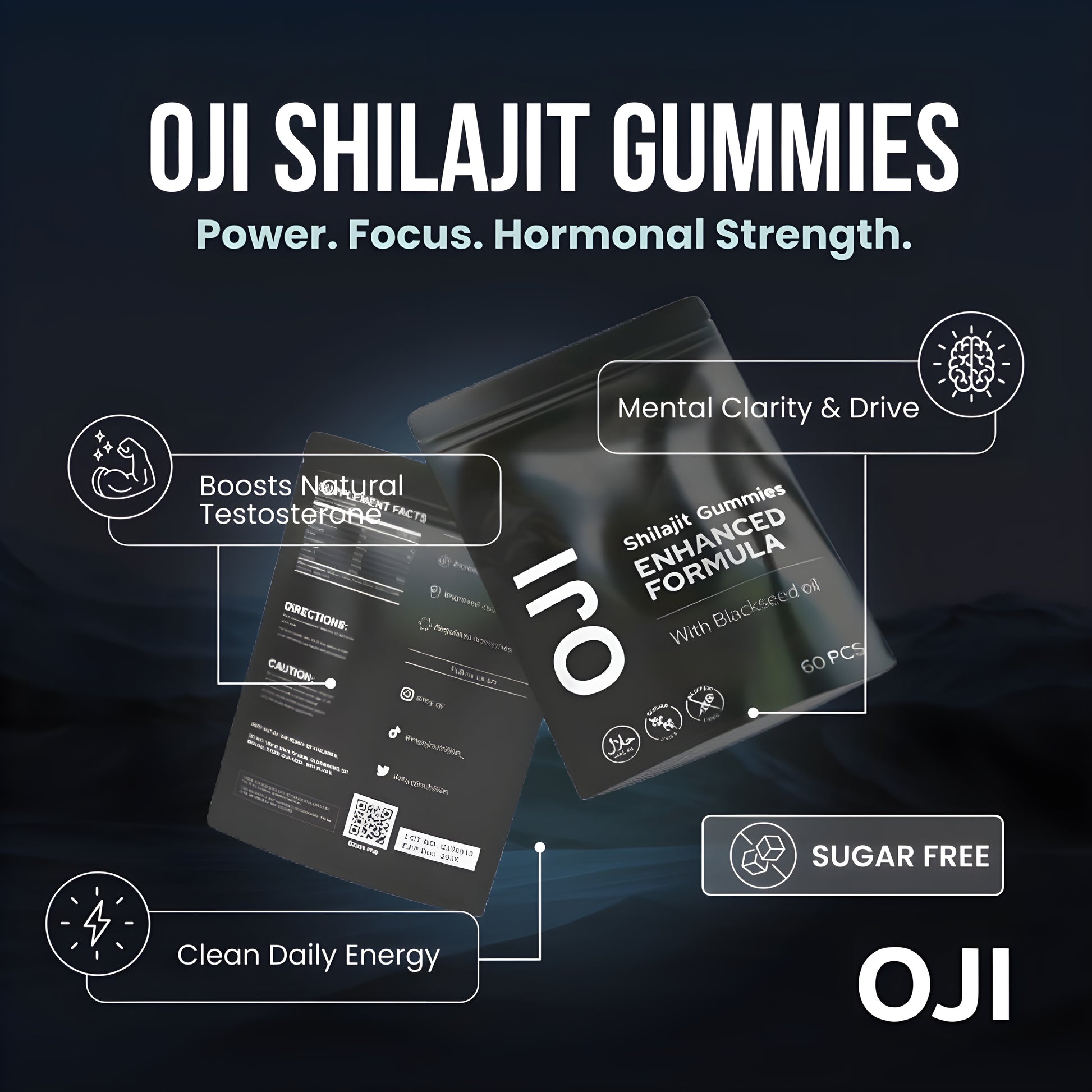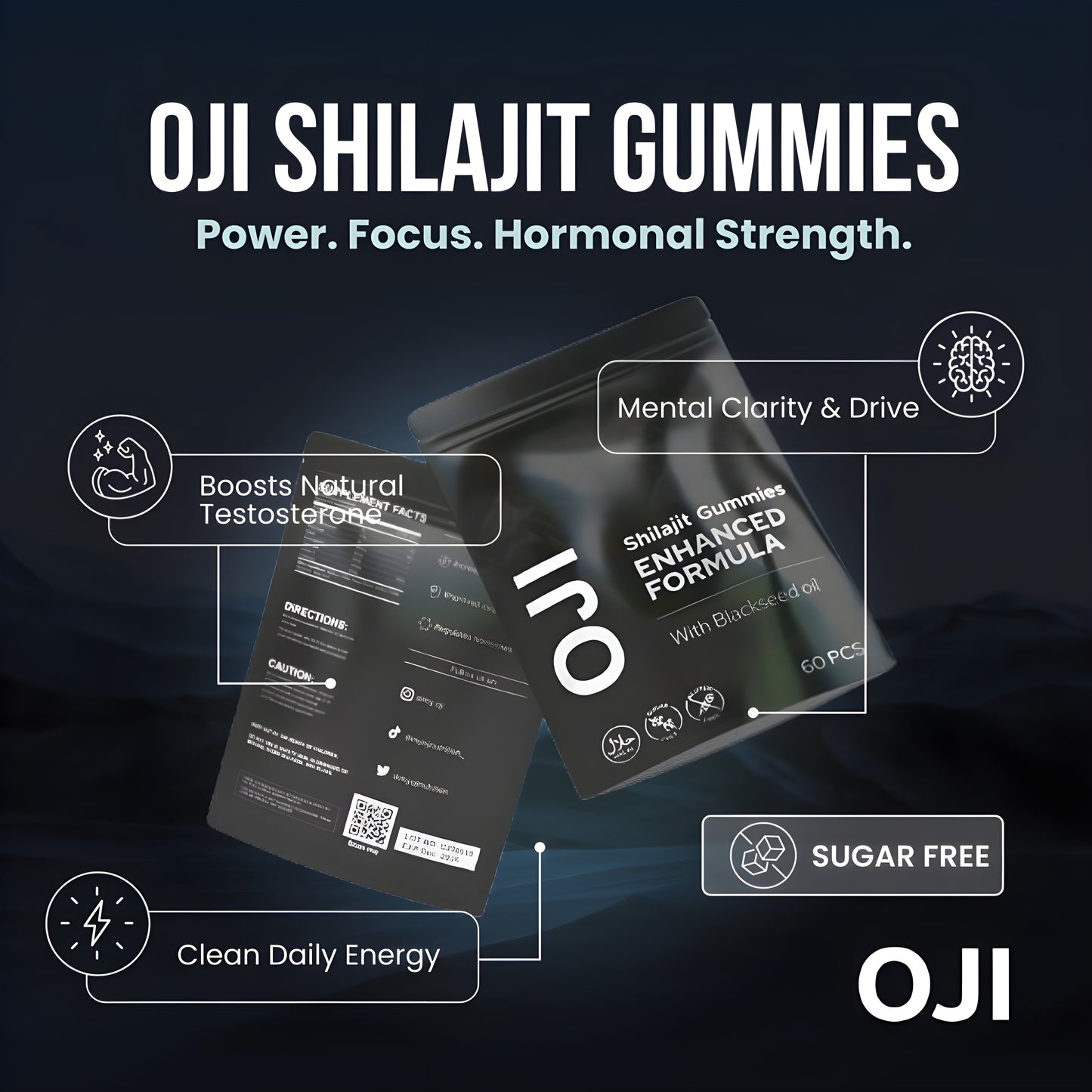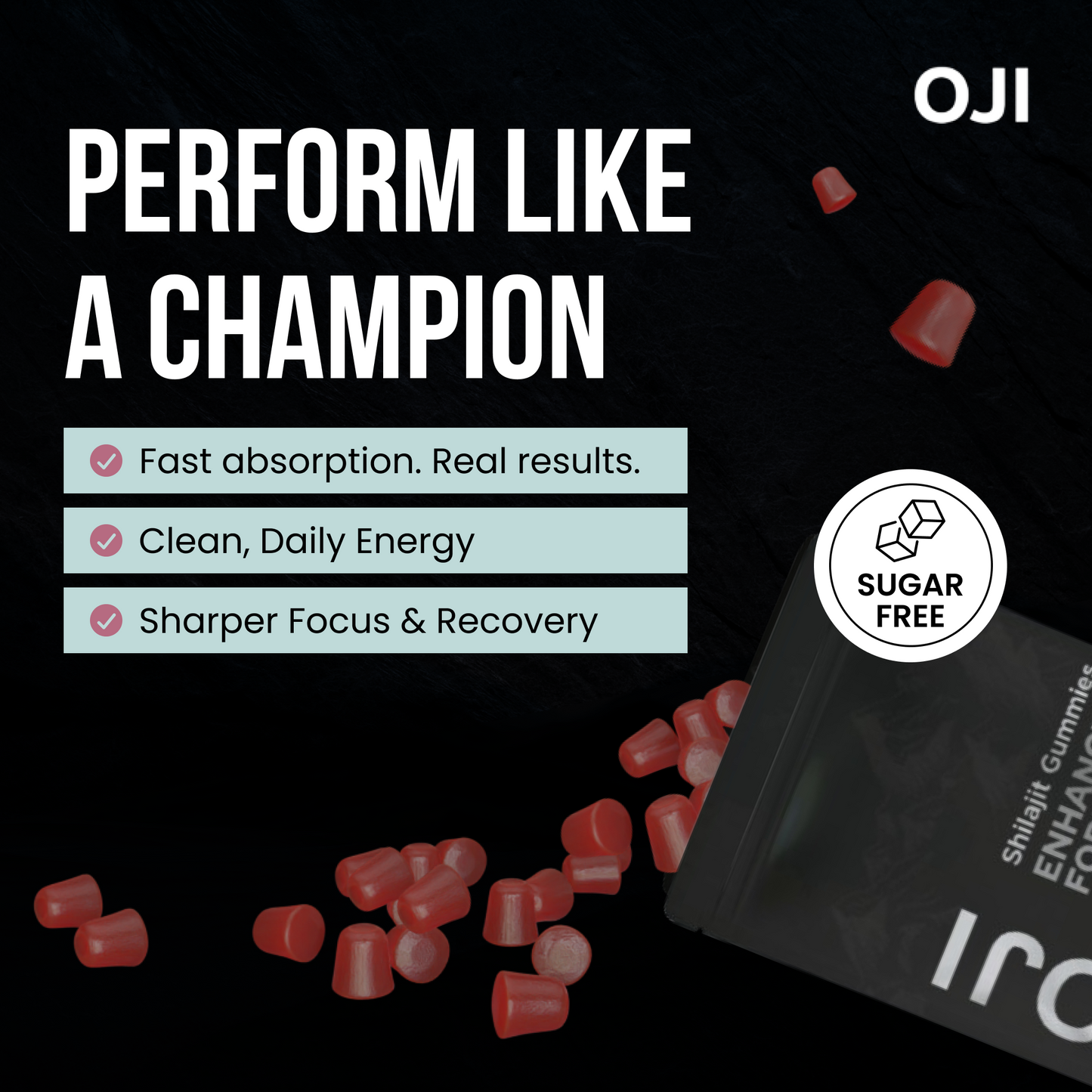Struggling to concentrate at work isn't a personal flaw; it's a modern workplace challenge. To learn how to focus better at work, you need to stop distractions at the source. This guide provides actionable steps to build a fortress around your focus, starting now.
Why You Can't Focus And What To Do About It
Does your workday feel like a constant battle against notifications, meetings, and a never-ending to-do list? You're not alone. The modern work environment is practically designed to break our concentration.
This isn't a minor annoyance; it directly hits your performance. Productivity is a major hurdle in the UK, with output per hour at £46.92 – lower than many other developed nations. Even more telling, Standout CV's workplace analysis shows that only 21% of employees feel they're productive for the entire day. It’s a widespread issue.
The good news? You can fight back. Taking control starts with small, deliberate actions that add up. It’s less about a magic fix and more about building a reliable system that protects your concentration.
Take Back Control Of Your Workspace
Your physical and digital environments are the front lines in the battle for your focus. A messy desk or a chaotic computer desktop creates mental background noise, making it harder to sink into deep work. Here are three actionable steps you can take today.

Make these small habits stick. Implement a two-minute tidy-up at the end of each day or set up dedicated zones for different types of work. These actions send a powerful signal to your brain that it's time to get down to business.
Actionable Step: An organised space promotes an organised mind. Spend five minutes right now clearing your desk of anything you don't need for your current task.
Designing Your Workspace for Deep Work
Your workspace can be your greatest ally or biggest enemy when you're trying to focus. It’s not just about tidying; it's about consciously building a zone that shields you from distractions, whether you're in a bustling office or at home.

Intentional design has become even more important as work models evolve. The hybrid model is popular because it can seriously boost focus by empowering people to manage their own distractions. You can learn more from the latest employee productivity statistics.
Taming Digital and Physical Chaos
First, reclaim your attention from the clutter on your desk and the noise from your devices. A chaotic environment drains your focus and makes deep work feel out of reach.
Actionable Steps for Digital Decluttering:
- Mute Notifications: Go into the settings for Slack, Teams, and email. Turn off all non-essential pop-ups and sounds.
- Set Your Status: Update your status to "Deep work session – checking messages at 11 am and 3 pm." This immediately manages expectations.
- Block Distractions: Use a browser extension like Freedom or Cold Turkey to block tempting websites during your focus blocks.
The goal isn’t to ditch your digital tools. It’s to control when and how they get your attention. By setting clear boundaries, you turn your computer into a tool that truly works for you.
For physical offices, especially open-plan ones, invest in noise-cancelling headphones. They don't just block sound; they act as a "do not disturb" sign.
Setting Clear Boundaries with Colleagues
Protecting your focus often requires communicating clearly. It might feel awkward at first, but setting boundaries is a professional way of respecting your own time and the quality of your work.
Here are scripts you can use immediately:
- When someone walks up to your desk: "Hi, I'm right in the middle of something that needs my full concentration. Can we sync up at 2 pm instead?"
- For non-urgent pings on chat: "Thanks for sending this over. I'm in a focus block until noon, but I'll take a look and get back to you then."
These simple, polite phrases get the message across without creating friction. By thoughtfully designing your physical, digital, and social environment, you lay a powerful foundation for sustained focus.
Adopting Time Management Systems That Stick
Figuring out how to focus better at work often comes down to how you manage your time. Rigid, one-size-fits-all systems rarely work. The key is to build a flexible toolkit of methods you can adapt to any task.

This approach helps you create a sustainable routine that supports deep, meaningful work rather than fighting your natural rhythm.
Build Your Personalised Focus System
Start with these proven techniques:
- Time Blocking: Open your calendar now and block out specific chunks of time for specific tasks. For instance, block 9-11 am for "Client Calls" or 2-3 pm for "Review Team Reports." This creates a visual commitment and stops other things from creeping in.
- Task Batching: Group similar, low-effort tasks and do them all at once. Schedule two 20-minute slots in your day to clear your entire inbox. This stops the constant mental gear-shifting that demolishes concentration.
- The Two-Minute Rule: If a task takes less than two minutes, do it immediately. Firing off that quick confirmation email stops it from taking up mental space.
- The Pomodoro Technique: For intense projects, work in focused 25-minute sprints with a 5-minute break in between. This is a fantastic way to maintain high energy and avoid burnout.
Actionable Step: Combine these methods. Use time blocking to schedule a task batching session. For example, block out "Email & Admin" from 4:00 pm to 4:30 pm every day. Your brain loves this predictable structure.
These aren't strict rules; they're tools. Mix and match them to see what clicks for you. While these systems provide structure, what you put into your body can also give you an edge. For extra support, exploring supplements for focus and concentration could be beneficial.
Sharpening Your Mind to Beat Overwhelm
Knowing how to focus better at work goes beyond a tidy desk. The real battle is often internal. Mental clutter, stress, and cognitive fatigue are silent productivity killers that can leave you feeling swamped.

Tackling this internal overwhelm is crucial if you want to perform at your best. It’s not just an individual struggle; on a national scale, UK productivity levels show that the strategies we use as individuals are what truly move the needle.
Practical Ways to Clear Your Head
Here’s how to clear out mental noise and reset your focus:
- Perform a 'Brain Dump': Before diving into a big task, grab a piece of paper. Write down everything bouncing around in your mind—worries, to-do items, random thoughts. Getting it out of your head and onto paper creates instant clarity.
-
Take a Strategic Break: A real break is an active mental reset. Instead of scrolling on your phone, try one of these quick exercises at your desk:
- Mindful Breathing: Close your eyes. Take five slow, deep breaths, focusing only on the air moving in and out. This takes less than a minute.
- The 5-4-3-2-1 Method: Silently name five things you can see, four things you can feel, three things you can hear, two things you can smell, and one thing you can taste. This grounds you in the present moment.
Building this mental toolkit creates a resilient mindset. It helps you stay calm and composed, so you can handle pressure without your focus falling apart.
If mental fog feels stubborn, you might need extra support. Our guide on how to clear brain fog is packed with deeper insights for when you’re really struggling. Think of these techniques as your first line of defence against overwhelm.
Building Sustainable Habits for Lasting Focus
Knowing how to focus better at work isn't about a single overhaul. Lasting concentration comes from building small, consistent habits that become automatic, like brushing your teeth.
The goal is to weave these focus techniques into your daily routine so they don't feel like a chore. This prevents burnout and makes high-level concentration a reliable skill.
Actionable Step: Conduct a Weekly Review. Take 15 minutes every Friday afternoon. Ask yourself these questions:
- When was I most focused this week?
- What was my single biggest distraction?
- Which focus technique (Pomodoro, time blocking, etc.) worked best?
This isn't about judgment; it's about gathering data. Based on your answers, make one small adjustment for next week. For example, if you realize mornings are your peak focus time, block them out for deep work and move meetings to the afternoon.
Adapting Your Approach and Staying Motivated
Different tasks need different kinds of focus. Repetitive data entry is perfect for task batching while listening to a podcast. A strategic report, however, needs deep, uninterrupted silence with noise-cancelling headphones and a firm "do not disturb" status.
Actionable Step: Before starting any task, ask yourself, "What is the best focus technique for this specific job?" Consciously match your technique to the task at hand.
Finally, celebrate your wins. When you successfully stick to a focus block, acknowledge it. This positive reinforcement trains your brain to associate focus with accomplishment, making it easier to do it again.
Turning these actions into automatic habits transforms focus from a fleeting state into a dependable professional asset that boosts both your productivity and your job satisfaction.
Building these habits also makes you more resilient to daily pressures. For more detailed strategies, check out our guide on how to reduce workplace stress.
Your Questions on Workplace Focus Answered
We've covered how to dial in your focus, but real life throws curveballs. Let's tackle common focus-killers with practical advice you can use today.
How Can I Focus Better in a Noisy Open-plan Office?
The hum of an open-plan office is a battle you can win with a layered defence.
- Get Noise-Cancelling Headphones: This is non-negotiable. They block chatter and act as a visual ‘do not disturb’ sign.
- Use 'Soundscaping': Play ambient sounds like rainfall or a steady hum from an app or website. This consistent audio backdrop masks sudden, distracting office noises.
- Be Proactive: Suggest a designated 'quiet zone' or office-wide 'quiet hours' to your manager. Schedule your most demanding tasks for times when the office is naturally less chaotic, like early in the morning.
I Get Distracted by Emails and Messages All Day. What Is a Realistic Solution?
Stop being reactive and take control of the information flow.
- Turn Off Notifications: Your first move is to disable all non-essential pop-ups and sounds on your computer and phone.
- Schedule Email Time: Instead of checking your inbox constantly, set specific times to process it, such as 10:00 AM, 1:30 PM, and 4:00 PM. This is a simple batching technique that protects your mental energy.
- Use Your Status: On Slack or Teams, update your status to "Focusing until 2 PM" or "Deep work session." This professionally manages expectations and guards your attention.
What Should I Do When I Feel Completely Overwhelmed and Cannot Focus on Anything?
When overwhelm hits, powering through is the worst strategy. Instead, take a strategic step back.
- Do a 'Brain Dump': Grab a pen and paper. Write down every task, worry, and thought crowding your mind. Getting it on paper provides instant relief and a sense of control.
- Pick One Small Thing: Scan the list and choose one small, easy item you can complete right now. Firing off a quick email or organising a single folder is enough. Ticking off that one item builds momentum, breaking the cycle of paralysis and easing you back into your work.
For those looking to build even greater mental resilience and clarity, Oji Shilajit offers a natural way to support your body's response to stress and enhance cognitive performance. Our enhanced Shilajit gummies are designed to help you maintain peak focus and energy throughout your demanding workday. Discover the benefits for yourself at https://myoji.co.uk.





